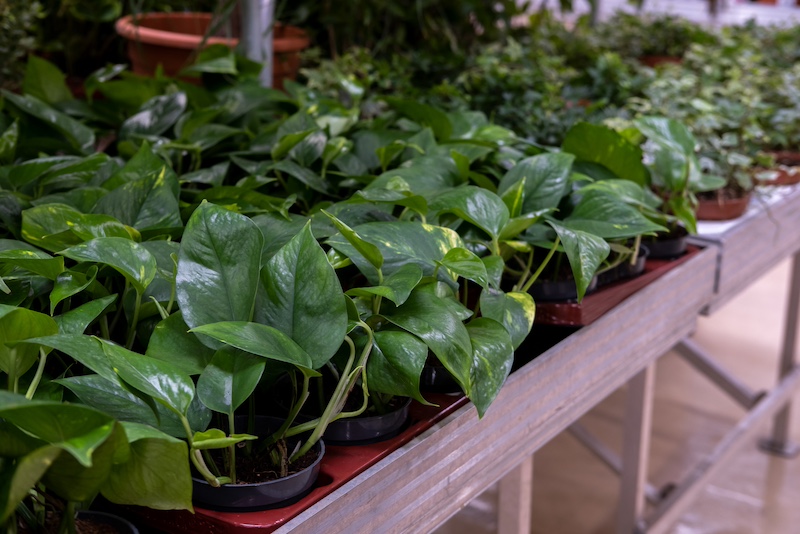Adding greenery to your indoor space can enhance its aesthetic appeal and promote a healthier atmosphere. However, for dog owners, choosing the right houseplants is crucial to ensure the safety and well-being of their furry friends. Many popular indoor plants can be toxic to dogs if ingested, causing symptoms ranging from mild irritation to serious health issues. To help you create a dog-friendly environment, here are ten common indoor houseplants that you should be cautious about if you have dogs at home.
1. Dieffenbachia (Dumb Cane)
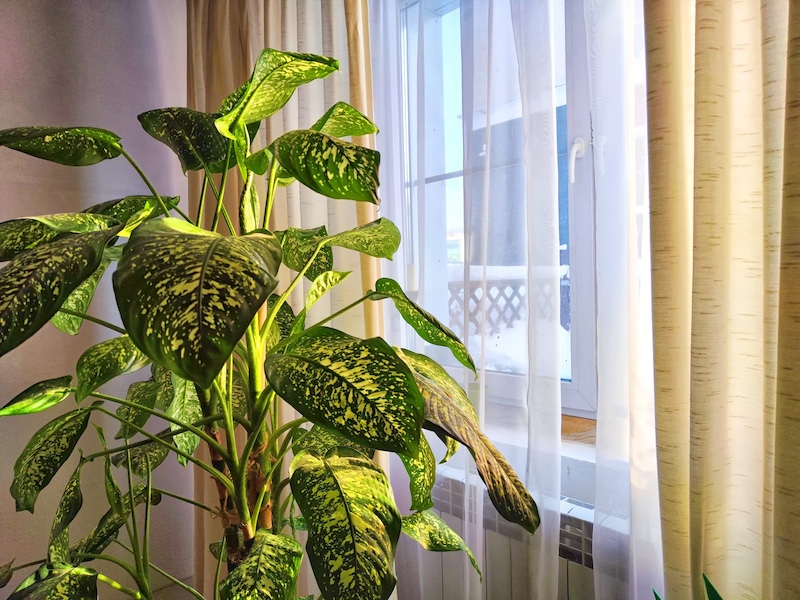
Dieffenbachia, commonly known as Dumb Cane, is prized for its attractive foliage marked with variegated patterns. However, all parts of this plant contain calcium oxalate crystals, which can cause intense burning and irritation in the mouth and throat if chewed or ingested by dogs. Symptoms may include drooling, difficulty swallowing, and swelling of the mouth and tongue.
2. Sago Palm
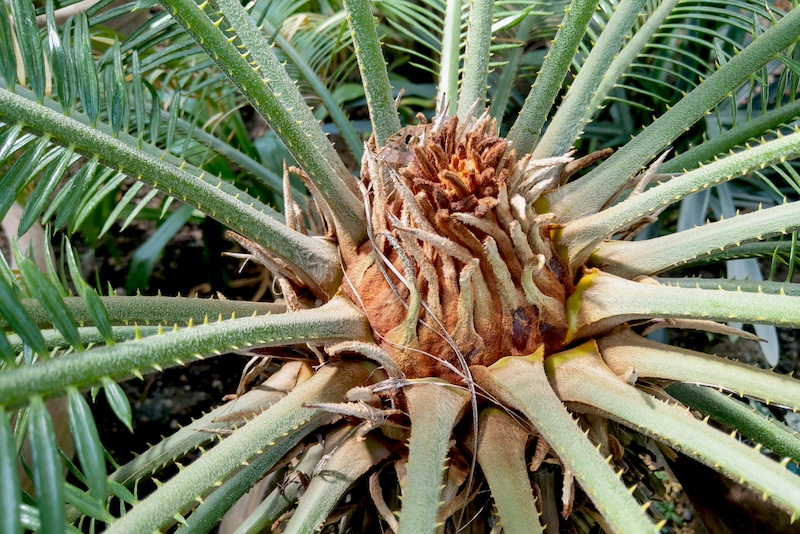
The Sago Palm, with its feathery fronds and sturdy trunk, adds a tropical touch to indoor spaces. Unfortunately, all parts of the Sago Palm, including its seeds and foliage, contain toxins called cycasin and methylazoxymethanol, which are highly poisonous to dogs. Ingestion can lead to symptoms such as vomiting, diarrhea, seizures, liver failure, and potentially death if not treated promptly.
3. Philodendron
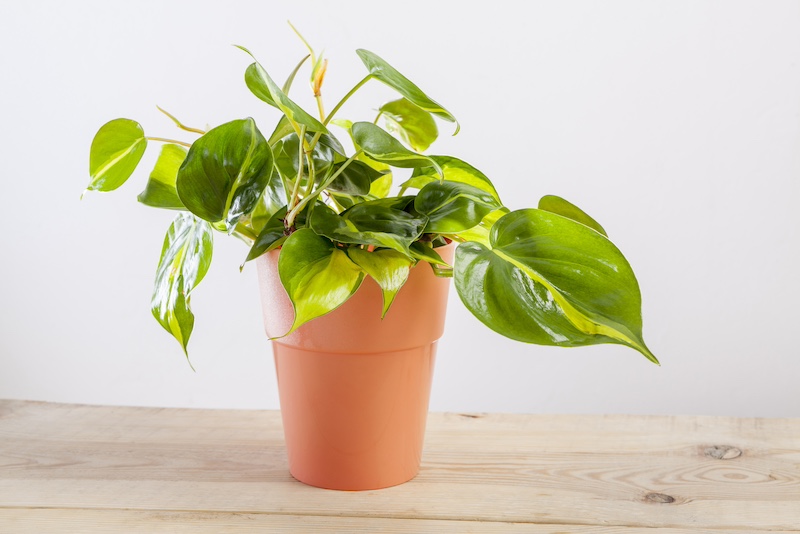
Philodendrons are popular for their lush foliage and adaptability to indoor conditions. However, these plants contain calcium oxalate crystals similar to Dieffenbachia, causing irritation and swelling in the mouth, tongue, and throat if chewed by dogs. Symptoms may include drooling, difficulty swallowing, and oral discomfort.
4. Epipremnum aureum (Pothos/Devil’s Ivy)
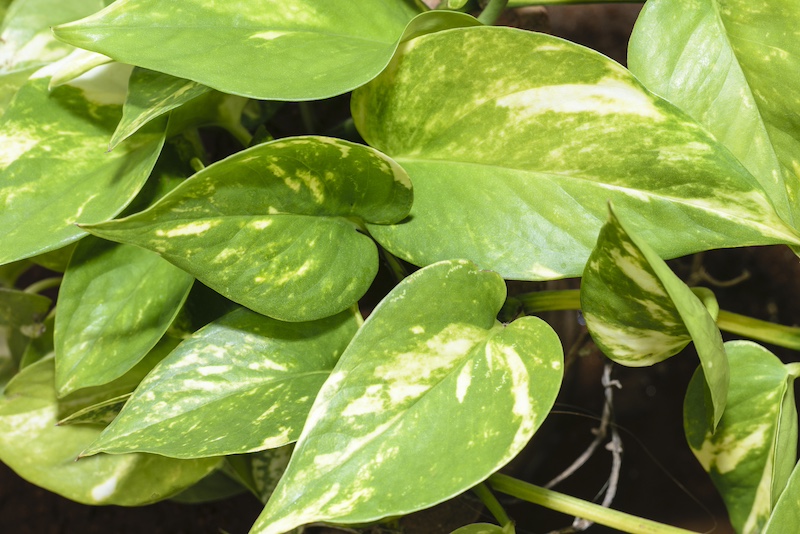
Pothos, also known as Devil’s Ivy, is valued for its trailing vines and ability to thrive in low-light conditions. While aesthetically pleasing, Pothos contains calcium oxalate crystals that can cause oral irritation, drooling, and difficulty swallowing if ingested by dogs. In severe cases, it may lead to vomiting and swelling of the mouth and throat.
5. ZZ Plant

The ZZ Plant is admired for its glossy, dark green leaves and low maintenance requirements, making it a popular choice for indoor decoration. However, all parts of the ZZ Plant contain toxic compounds called calcium oxalate crystals, which can cause oral irritation, excessive drooling, and difficulty swallowing if dogs chew on its leaves.
6. Snake Plant (Mother-in-Law’s Tongue)

Snake Plants are known for their upright, sword-like leaves that add a modern touch to indoor spaces. Despite their air-purifying qualities, Snake Plants contain saponins, which can cause symptoms like nausea, vomiting, and diarrhea if ingested by dogs. Additionally, these plants may cause drooling and oral irritation due to their mildly toxic nature.
7. Aloe Vera

Aloe Vera is celebrated for its medicinal properties and succulent leaves filled with soothing gel. While beneficial to humans, Aloe Vera can be toxic to dogs if ingested in large amounts. The plant contains compounds like saponins and anthraquinones, which can cause gastrointestinal upset, including vomiting, diarrhea, and abdominal pain.
8. Jade Plant (Crassula)
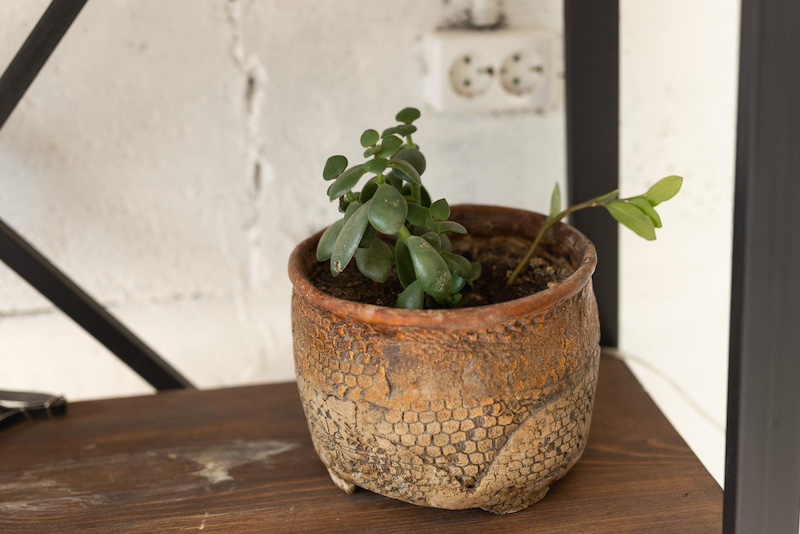
Jade Plants are popular succulents known for their thick, fleshy leaves and resilience to neglect. However, these plants contain a substance called bufadienolide, which can cause symptoms like vomiting, depression, and slow heart rate if ingested by dogs. While typically not lethal, ingestion of Jade Plant leaves can lead to discomfort and mild toxicity.
9. Peace Lily

Peace Lilies are admired for their elegant white flowers and lush foliage, making them a common choice for indoor decoration. However, all parts of the Peace Lily contain calcium oxalate crystals, which can cause oral irritation, excessive drooling, and difficulty swallowing if dogs chew on its leaves or flowers. Ingestion may also lead to vomiting and nausea.
10. English Ivy
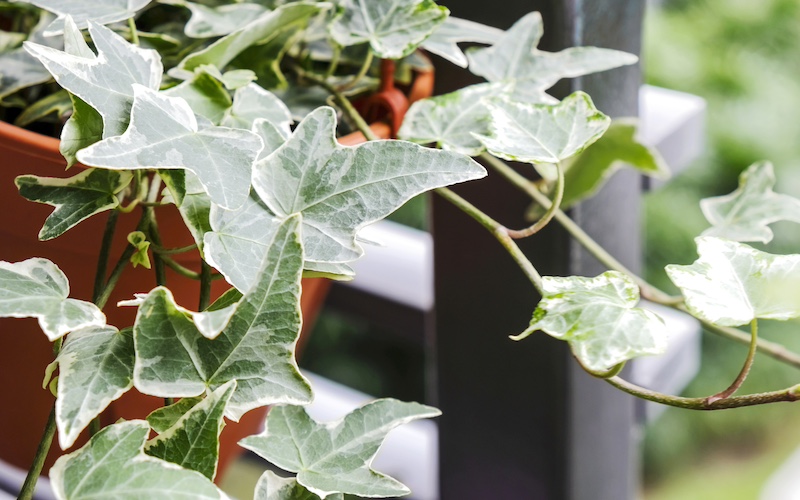
English Ivy is valued for its cascading vines and ability to thrive in various light conditions. However, this plant contains saponins and polyacetylene compounds that can cause gastrointestinal upset, including vomiting, abdominal pain, and diarrhea if ingested by dogs. Contact with English Ivy may also cause skin irritation in sensitive dogs.

